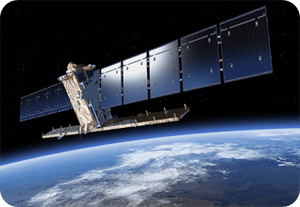Sentinel 1-A begins its operational life

On 6 October, with the commissioning of Sentinel-1A completed and the satellite transferred to the team in charge of its exploitation, ESA issued a communiqué announcing that its earth-observation data are now available to users.
This announcement marks the beginning of Sentinel 1A’s operational life, delivering radar coverage for an array of applications in the areas of oceans, ice, land changes and emergency response.
Launched on 3 April, Sentinel-1A completed commissioning on 23 September – a vital process that ensures the satellite, instruments, data-acquisition and data-processing procedures are all working properly.
Not only did Sentinel-1A pass these tests and reach its target orbit on 7 August but it also had to perform up to eight anti-collision maneuvers to avoid space debris. The satellite will now begin delivering radar scans for an array of operational services.
Sentinel-1A is the first satellite of the Global Monitoring for Environment and Security program, Copernicus, a joint initiative of the European Union and the European Space Agency (ESA) under which Europe is building up its own, autonomous earth-observation technology. Sentinel-1A, designed and built by a 60-company consortium primed by Thales Alenia Space and Airbus Defence and Space, is also an outstanding example of European technological excellence.
GMV is playing a key role in the Copernicus program, participating actively in various projects for both the ground and space segment. During launches it provides support services for the mission planning and control systems. For Sentinel 1A in particular GMV has made contributions in fields as diverse as mission analysis, development of the operational simulator, the control system, mission planning and the provision of satellite services.